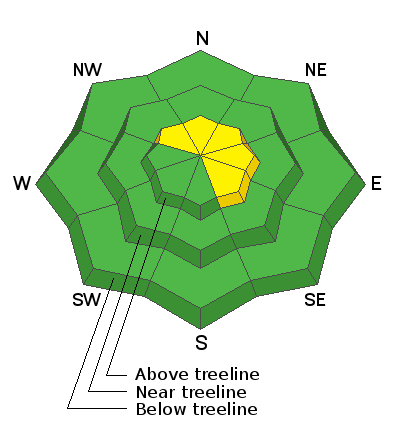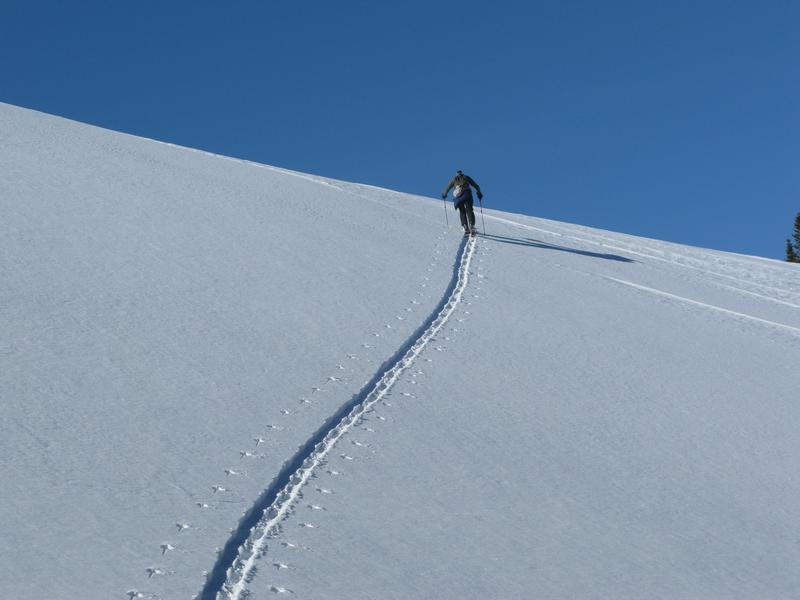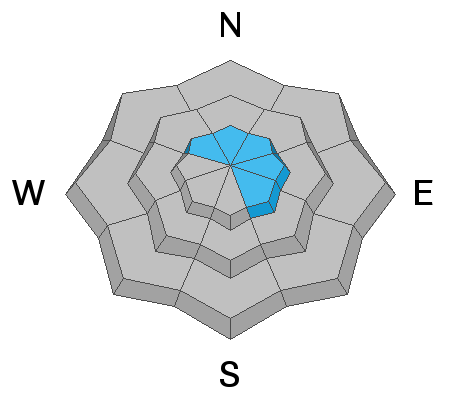Summary/history of the problem-
- Snow fell in October & early November
- Dry weather from early November to early December weakened and faceted that snow which morphed into our problem child, the "persistent weak layer" or PWL.
- Early season snow melted off on south facing slopes
- Heavy snowfall in December buried the weak layer (PWL) settling a deceptively dangerous setup... dense, strong snow on top of a weak, house-of-cards foundation.
Current state of the snowpack-
Wow... what a Uinta snowpack! It's taken a minute or two, but finally... our pack is deep, solid, and mostly stable. The big Christmas storm was the game changer not only with snow, but more importantly with big water numbers or what we call SWE... snow water equivalent. So, here's the setup- for a couple of weeks we received a tremendous amount of water weight, storm snow, and nuking winds and all this additional weight and stress was like parking a battleship on top of the weak, early season, sugary base. Yes... some terrain teetered on the edge of failure, some big slopes naturally avalanched, and others held tight. There were a few surprises early in the season, but fortunately everyone came out unscathed with a new found understanding of our snowpack structure.
The good news-
The pack is happy in its own skin and it's time to slowly start stepping into big terrain. And while all the stability indicators align suggesting green light conditions, always take a moment and dip a toe into the water before diving head first. Start with mini golf terrain and see how it's reacting before committing to dive head first into a big line.
What to watch out for-
The shaky foundation remains most suspect and easiest to impact in upper elevation, rocky, alpine terrain above treeline. In other words... where the pack is thin and weak, maybe around a bush or a rock we can't see ,barely covered over with snow. In terrain with these characteristics you can get an unwelcome surprise and still trigger an avalanche.
Master observer and snowpit profile artist JG, was recently in
upper Weber Canyon and found similar conditions... a deep, strong snowpack that is giving us more confidence to start stepping out into steeper terrain and tagging bigger objectives.
*
ALSO of note - I too recently stomped around
in upper Weber Canyon, wanting to look at terrain that previously avalanched, because sometimes those slopes flush out and leave behind a shallow snowpack, becoming future problems or what we call repeater slopes. But here's the good news- most of the terrain that slid during December storms, immediately refilled with snow and they didn't have time to develop weak layers. For that reason, they have a slightly shallower snowpack, but the weak layer has become stronger on those slopes just like on ones that didn't slide.











